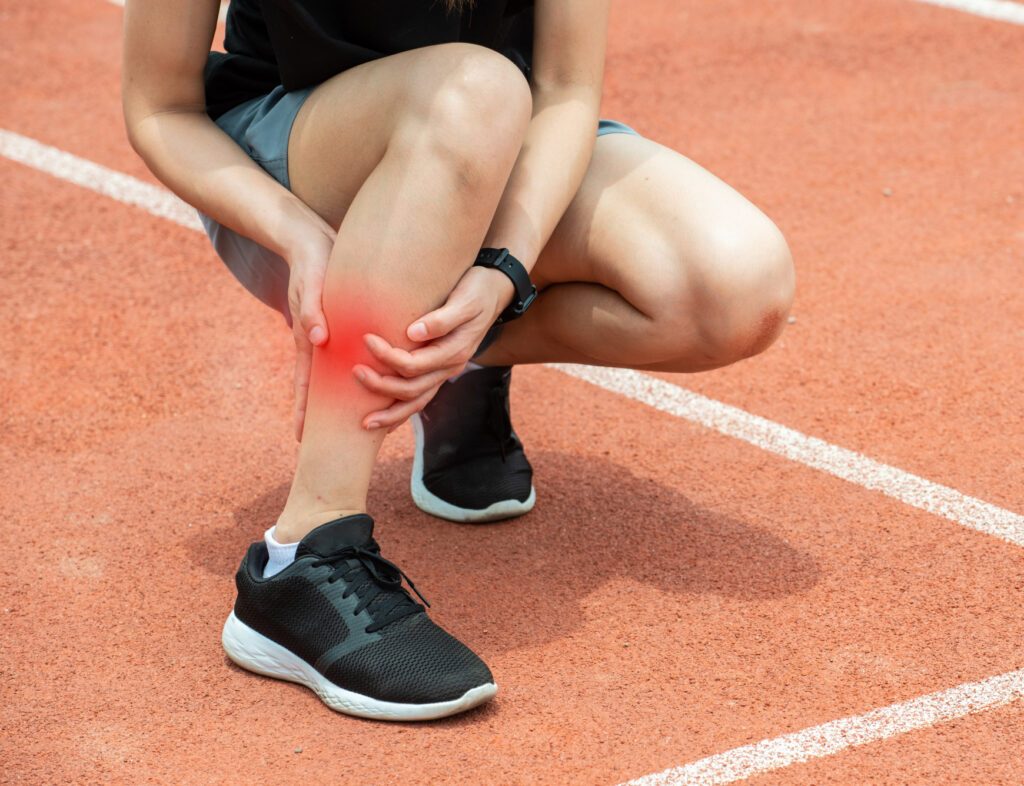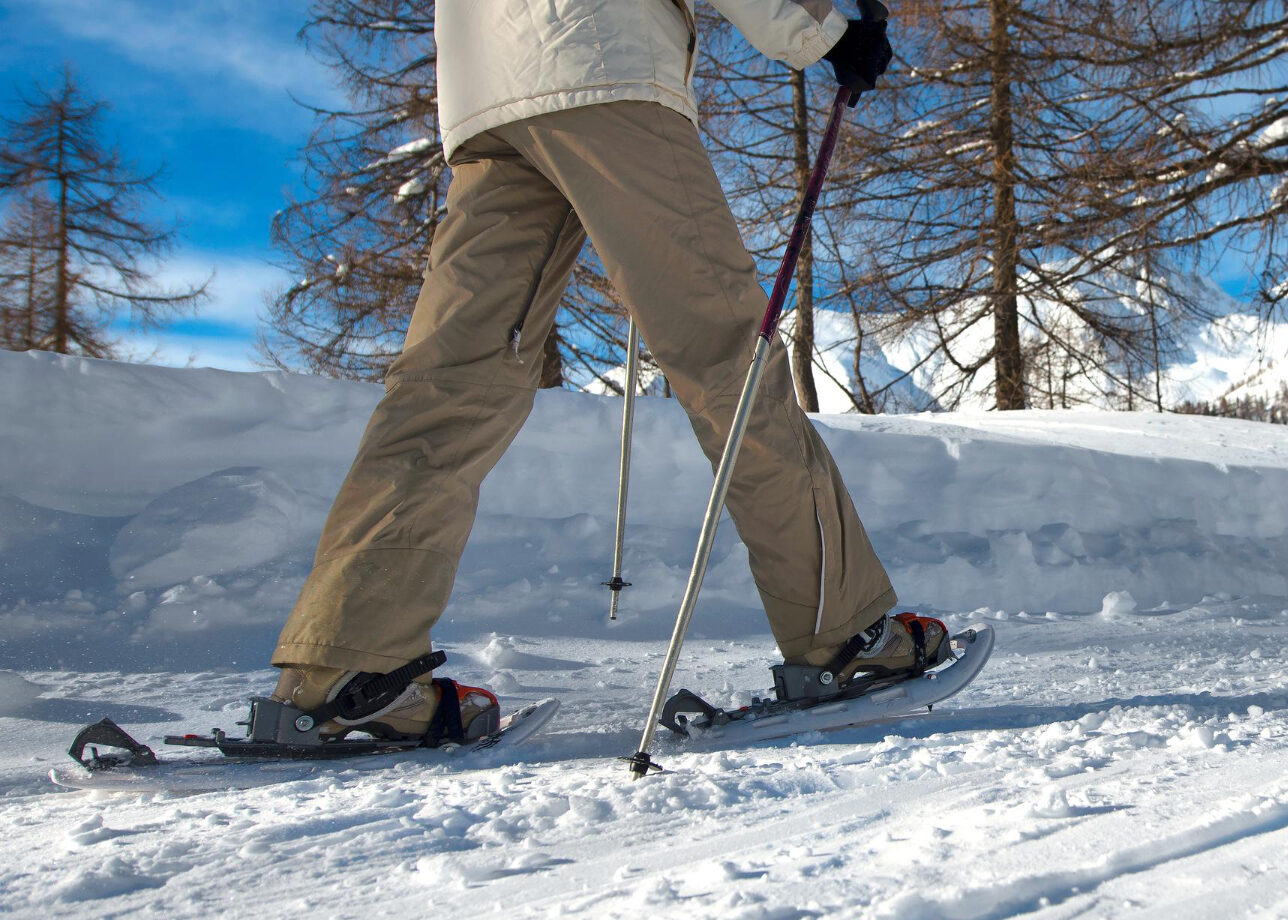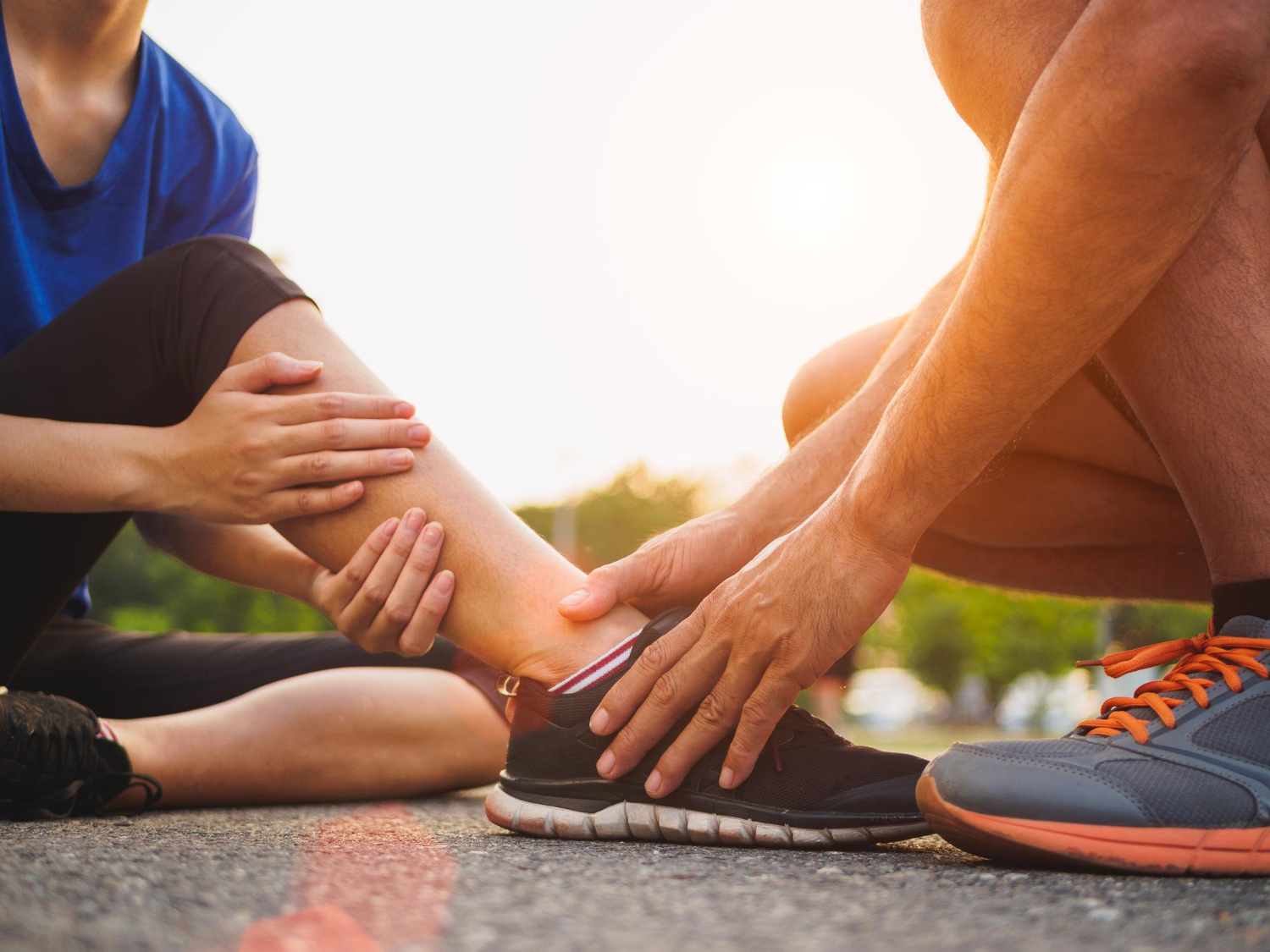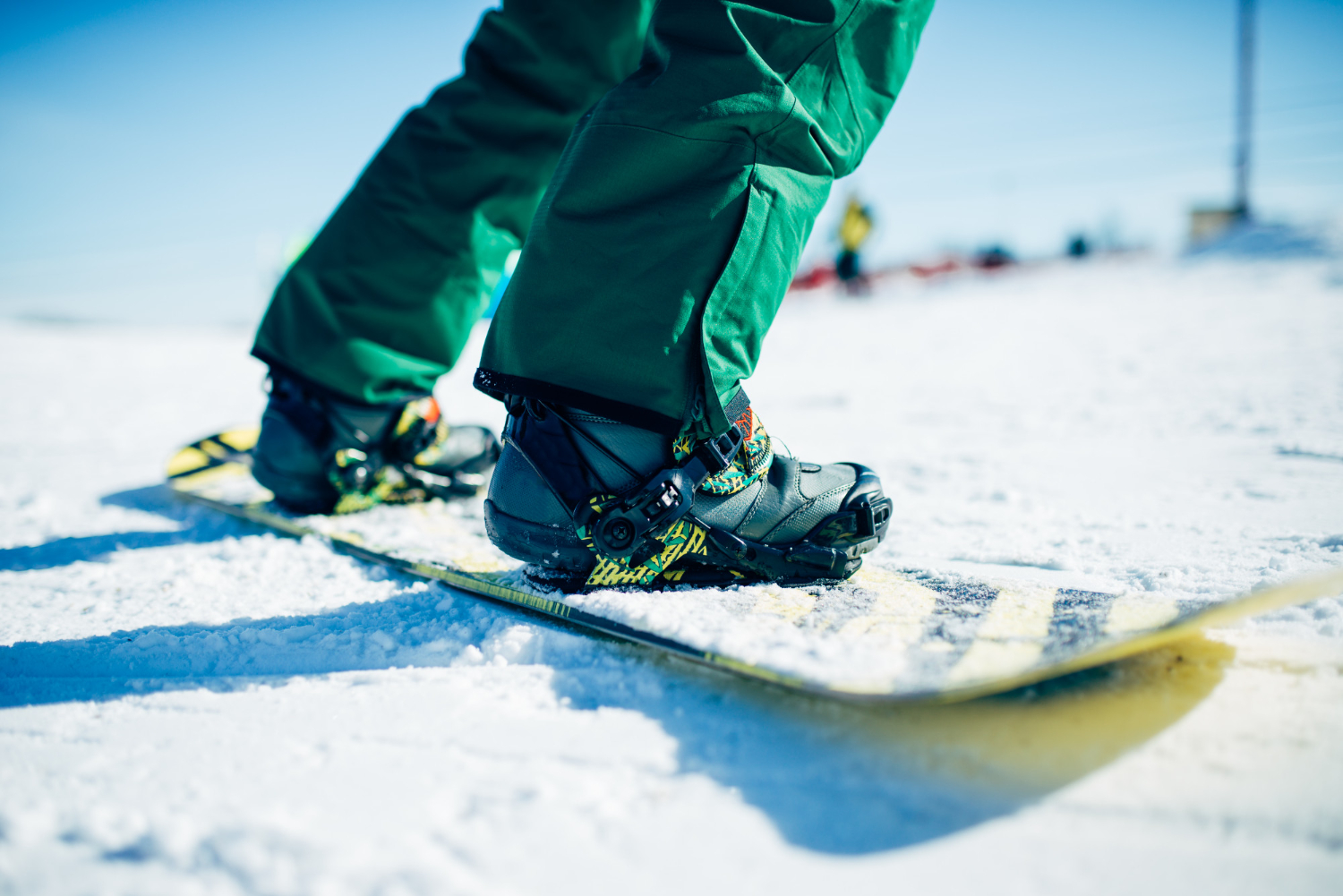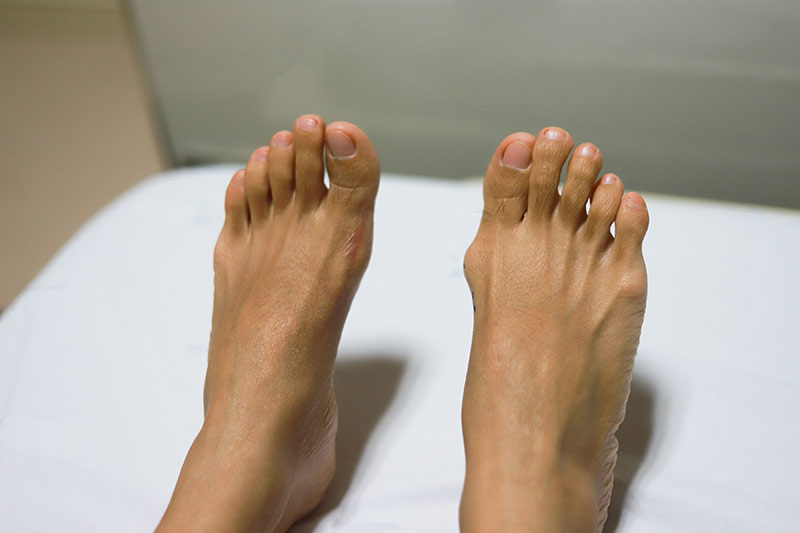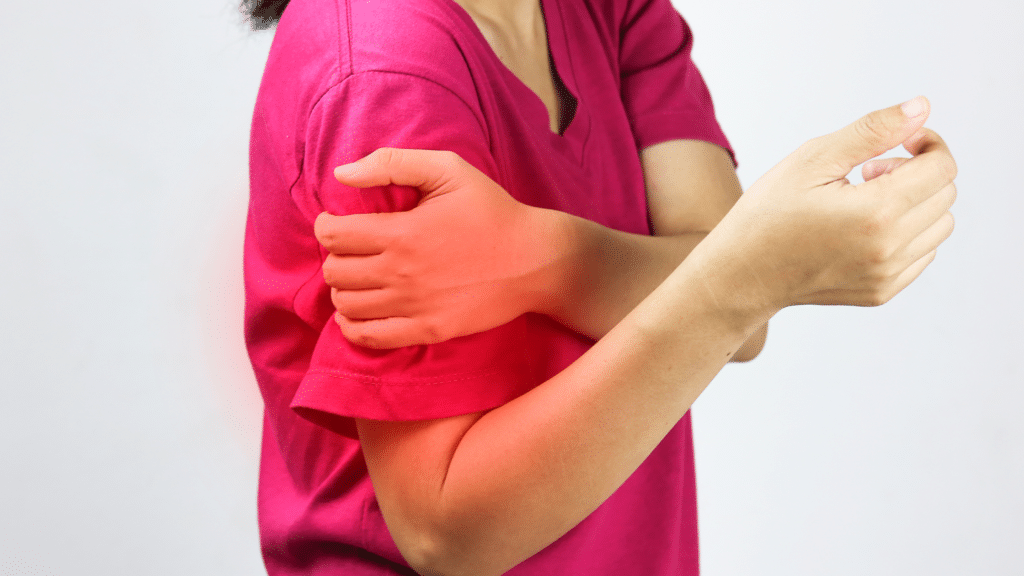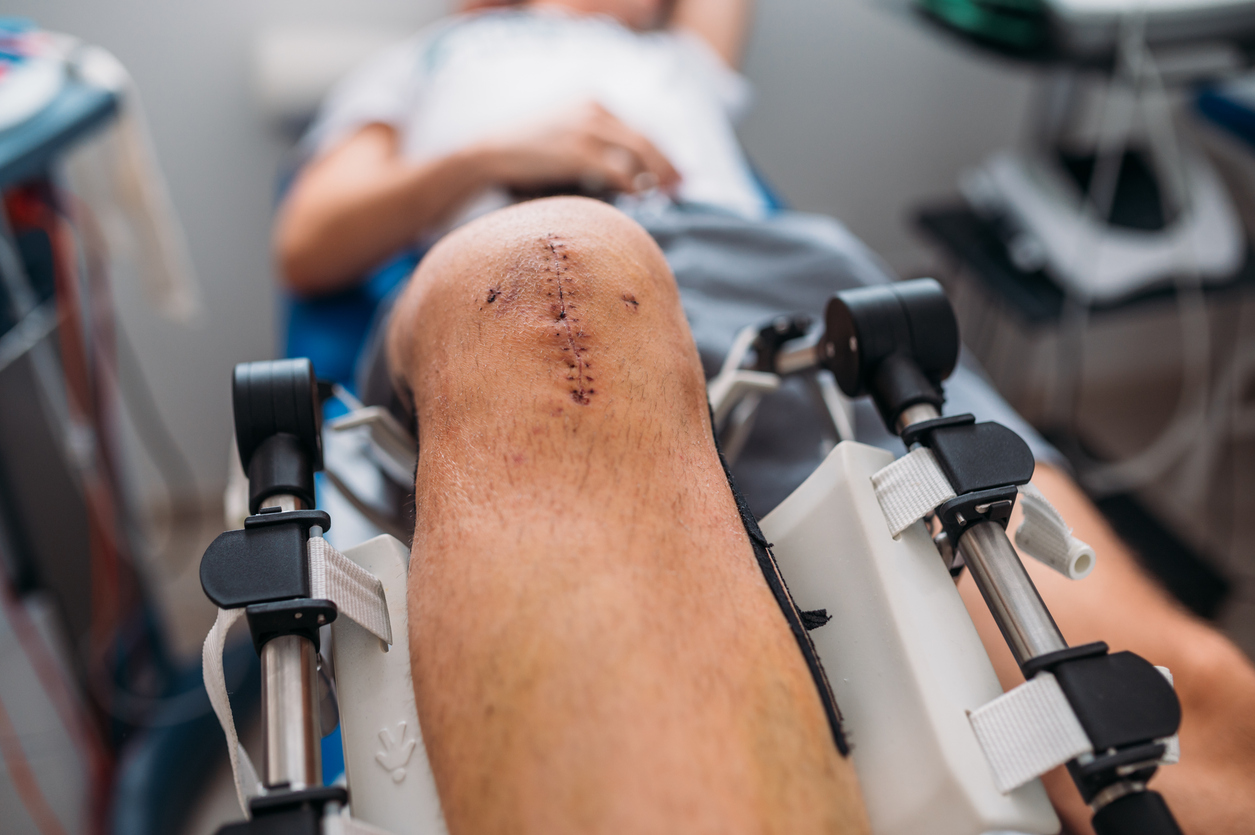Muscle aches are part of the game, but here’s when to take them seriously.
It’s Game Time, and You’re Feeling It
Pesta Sukan 2025 is in full swing, and the energy across Singapore’s courts, fields, and pools is sky-high. Whether you’ve just wrapped up your first match or gearing up for your next, your body’s probably reminding you it’s been hard at work.
Some soreness is expected, especially if you’re competing across multiple days. But at what point does “just a bit sore” become something worth checking?
Here’s how to tell the difference between normal post-exercise soreness and signs of a possible muscle strain or joint injury.
Normal Muscle Soreness: What It Looks Like
Delayed onset muscle soreness (DOMS) usually sets in 12 to 24 hours after exercise, especially if you’re doing something new, more intense, or longer than usual.
Typical signs of DOMS include:
- Dull, aching pain in muscles you used during your event
- Tenderness when you press on the muscle
- Mild stiffness or reduced range of motion
- Improves gradually over 2 to 3 days
If your discomfort fits this pattern, you’re likely just dealing with the body’s natural recovery process.
Red Flags That May Point to Injury
If your soreness turns into sharp pain or doesn’t improve with rest, you may be dealing with a more serious issue.
Localised, sharp pain
- Especially when you try to move or bear weight
- Could suggest a muscle strain, ligament sprain, or even a tear
Swelling or bruising
- Not typical of DOMS
- Could indicate soft tissue damage or joint inflammation
Joint instability or locking
- Knees or ankles feel like they might give way
- Could be a sign of ligament damage, meniscus injury, or shoulder dislocation
Pain that gets worse with activity
- DOMS usually improves as you move
- Pain that worsens with motion may point to an underlying orthopaedic issue
Numbness or tingling
- These aren’t normal soreness symptoms
- Could suggest nerve involvement or compression
Playing Through Pain? Not Always the Best Idea
It’s tempting to push through, especially when the competition’s still going. But continuing to play with an undiagnosed injury can make things worse and lead to longer recovery times.
A quick orthopaedic assessment can give you clarity. Sometimes, all you need is proper rest, taping, or physiotherapy. In other cases, early diagnosis can prevent the need for more invasive treatments later on.
Why See TOPS Mid-Event?
The team at The Orthopaedic Practice and Surgery (TOPS) regularly sees athletes in the middle of their competition season. We understand how to help you recover quickly and safely, without guessing or risking further injury.
Our services include:
- Joint and muscle assessments
- Imaging and diagnostics (if needed)
- On-the-spot advice and personalised care plans
- Support for common sports injuries affecting knees, shoulders, ankles, wrists, and more
Stay in the Game, But Safely
Pesta Sukan is about celebrating movement, strength, and community. Don’t let joint pain or muscle strain sideline your experience.
If your pain lingers or gets worse after a game, play it smart. Get it checked before it turns into something more serious.
Need a Quick Injury Check?
Visit TOPS for a same-day or next-day orthopaedic consultation.
- Multiple Clinics Islandwide
- WhatsApp us at +65 8218 5638
- Book your Appointment Today

